Currently, pepper is one of the four main crops of Dak Nong province . Pepper accounts for a large proportion of the province's agricultural land use structure.
By the end of 2023, the pepper growing area in Dak Nong was estimated at approximately 34,000 hectares, with an estimated annual production of 73,000 tons per crop. Pepper cultivation is mainly concentrated in areas such as Dak Song, Dak R'lấp, Tuy Duc, Dak Glong, etc.

Pepper plants have established their position and brought high economic efficiency to farmers. With a large cultivation area, the annual demand for fertilizers and pesticides for pepper plants is quite high.
The amount of inorganic fertilizer used for pepper plants is approximately 34,000 tons per year, mainly in the form of compound NPK. This does not include manure and organic fertilizers produced by the farmers themselves.
As for pesticides, on average, farmers use about 2-3 sprayings per year, with a total amount of approximately 40,000-50,000 liters per year. These are mainly fungicides used during the rainy season and insecticides to control sucking insects and pests.
Previously, when pepper prices were high, Mr. Tran Van Hien's family in Nam N'Jang commune, Dak Song district (Dak Nong province) invested in expanding their pepper plantation. However, due to a lack of understanding of planting techniques and the plant's adaptability to the soil and environment, Mr. Hien's pepper garden became infected with disease and developed poorly.

Mr. Hien said: "Because I saw that pepper plants yielded high income, I ignored the risks involved in planting, caring for, and preventing diseases. As a result, the pepper garden did not achieve the desired results."
It's not just Mr. Hien; many farmers in the region share the same thought: when pepper prices are high, they don't hesitate to overuse chemical fertilizers and growth stimulants to boost pepper plants and increase yield and production.
Furthermore, many households plant pepper vines on unsuitable soil, use diseased varieties, and rely on temporary supports. In addition, heavy and prolonged rainfall causes flooding, leading to root rot and resulting in yellowing leaves and significant plant death.
According to the Dak Nong Department of Agriculture and Rural Development, to help people cultivate pepper effectively, the unit has coordinated with relevant departments and localities to promote training, dissemination of information, and provide people with technical measures in caring for and preventing diseases in crops.
In particular, the unit focuses on guiding farmers to use fertilizers and pesticides responsibly to protect the environment and improve product quality.

According to Mr. Le Hoang Vinh, Head of the Agriculture and Rural Development Department of Dak Song district, the district's agricultural sector has recently intensified guidance and awareness campaigns on the harmful effects of overuse of chemical fertilizers and improper fertilization.
At the same time, the locality has developed many models for using agricultural by-products such as coffee husks, corn stalks, plant branches and leaves... to produce organic fertilizers, partially replacing chemical fertilizers and increasing economic efficiency.
According to the Department of Agriculture and Rural Development, many farmers have adopted a balanced and rational fertilization method, covering the soil with fertilizer and using slow-release fertilizers. This has greatly reduced fertilizer evaporation due to the effects of sunny and rainy weather.
Regarding pest and disease management, in recent years, through the Integrated Pest Management (IPM) program, farmers have limited the use of chemical pesticides to protect natural enemies, prioritizing the selection of biological and herbal pesticides.
Furthermore, due to increasingly stringent quality requirements for imported agricultural products, especially regarding pesticide and fertilizer residues, farmers' awareness and responsibility have significantly improved.
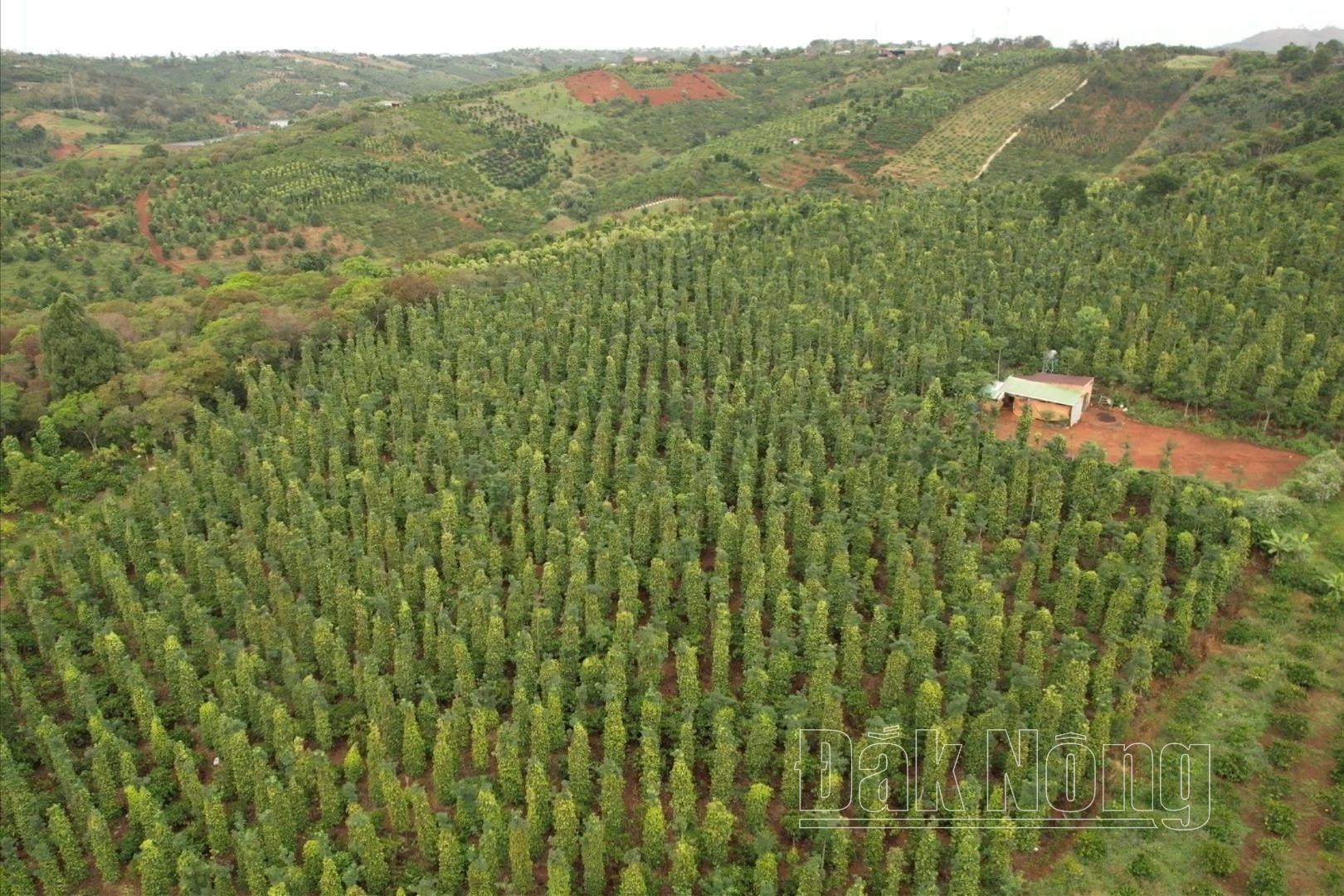
To adapt agricultural production to climate change and mitigate greenhouse gas emissions, Dak Nong province is implementing various technical measures such as multi-layered farming, grass cultivation, creating ground cover, using lawn mowers, reducing soil erosion, and combining fertilization with irrigation.
Source: https://baodaknong.vn/dak-nong-thay-doi-cach-dung-phan-bon-cua-nong-dan-235106.html




![[Photo] Prime Minister Pham Minh Chinh presides over the conference announcing the establishment of the International Finance Centre in Vietnam.](/_next/image?url=https%3A%2F%2Fvphoto.vietnam.vn%2Fthumb%2F1200x675%2Fvietnam%2Fresource%2FIMAGE%2F2025%2F12%2F21%2F1766309817714_ndo_br_dsc-3400-jpg.webp&w=3840&q=75)

![[Photo] Prime Minister Pham Minh Chinh presides over a meeting on private sector economic development.](/_next/image?url=https%3A%2F%2Fvphoto.vietnam.vn%2Fthumb%2F1200x675%2Fvietnam%2Fresource%2FIMAGE%2F2025%2F12%2F20%2F1766237501876_thiet-ke-chua-co-ten-40-png.webp&w=3840&q=75)

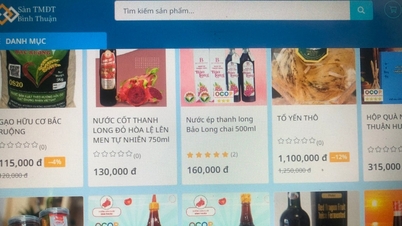

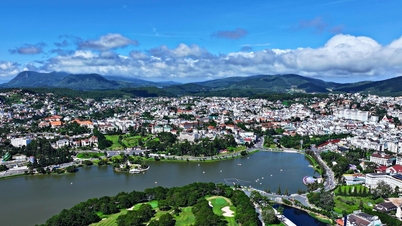


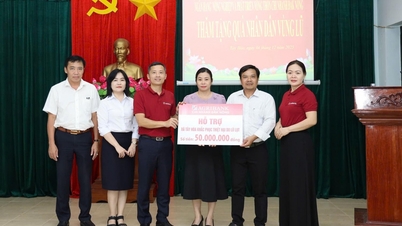


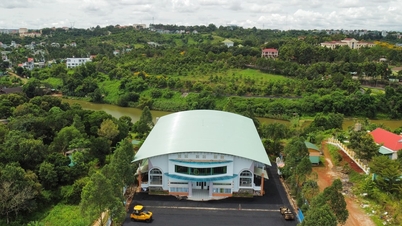


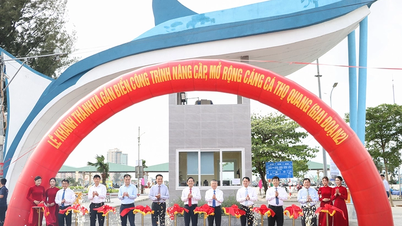

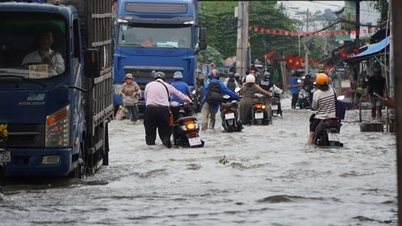


















































































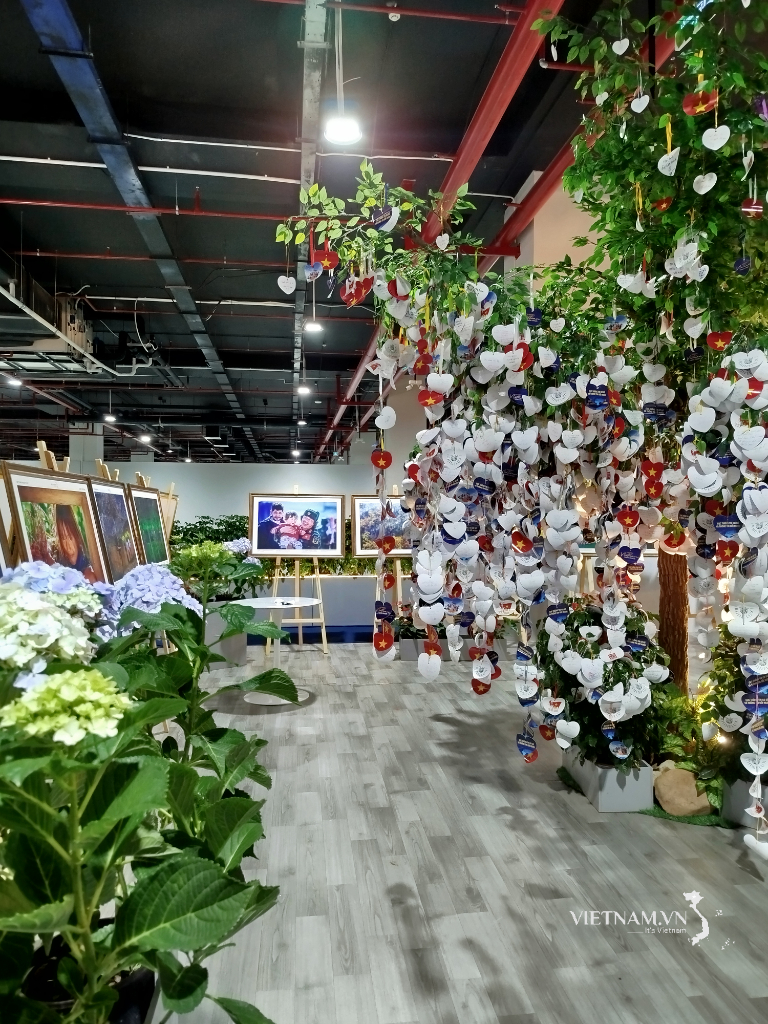
Comment (0)